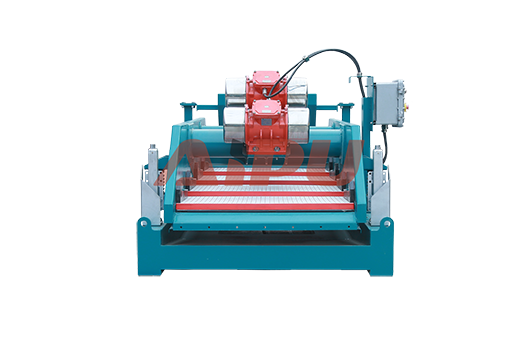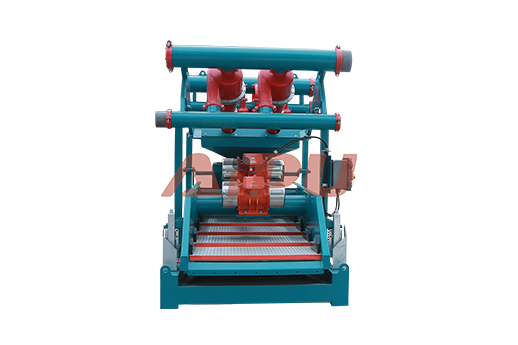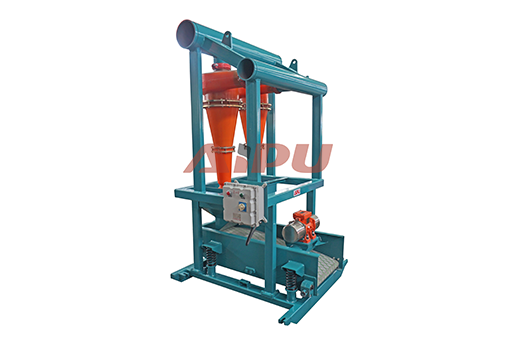How to Improve Shale Shaker Performance with Proper Alignment
Proper shale shaker alignment is a fundamental yet often overlooked aspect of maximizing solids control efficiency on a drilling rig. When a shaker is not correctly aligned, it can lead to a cascade of operational issues that directly impact performance and cost. Misalignment causes uneven distribution of drilling fluid across the screen surface, leading to premature screen failure, reduced fluid processing capacity, and poor solids removal. This inefficiency forces the entire mud system to work harder, increasing the risk of costly downtime and equipment damage. Ensuring your shale shaker is perfectly aligned is therefore not just a maintenance task; it is a critical step towards achieving optimal drilling fluid cleanliness and overall operational excellence.
Understanding the Impact of Misalignment
Shale shakers operate on a principle of vigorous, high-frequency vibration to separate cuttings from drilling fluid. For this process to be effective, the motion must be uniform across the entire screen panel. Misalignment, whether in the shaker's level, the motor mounts, or the vibrator assembly, disrupts this uniformity. The consequences are immediate and severe. You will notice dead spots where fluid pools and solids are not conveyed properly, alongside areas of excessive wear where the screen degrades rapidly. This uneven loading drastically shortens screen life and allows fine solids to bypass the screening process, contaminating the drilling fluid. Contaminated fluid increases wear on downstream equipment like centrifuges and degassers, creates a higher risk of stuck pipe, and can significantly elevate overall drilling fluid costs.

Key Steps for Achieving Proper Shaker Alignment
The alignment process requires meticulous attention to detail. Begin by ensuring the shaker bed is perfectly level in both longitudinal and transverse directions. Use a precision spirit level for this check. Next, inspect the motor mounts and the vibrators themselves. The motors should be securely fastened, and the vibrator weights must be set according to the manufacturer's specifications to generate the correct type of motion—linear, elliptical, or balanced elliptical. It is crucial that the vibrators on a single unit are synchronized; out-of-sync motors create a chaotic motion pattern that is highly inefficient. Regular checks are essential as vibration can loosen bolts and shift components over time, gradually degrading performance even from an initially correct setup.
Maintaining Peak Performance Through Regular Inspection
Alignment is not a one-time event but an ongoing commitment. Establishing a routine inspection schedule is vital for sustained shale shaker performance. This schedule should include daily visual checks for any loose bolts or unusual vibrations, and weekly measurements with a level to confirm the unit hasn't settled or shifted. Monitor screen life closely; a sudden, consistent reduction in screen lifespan is a primary indicator of an alignment problem. Furthermore, train your crew to recognize the signs of misalignment during operation, such as poor solids conveyance or uneven fluid distribution. Proactive maintenance prevents minor issues from escalating into major failures, ensuring continuous, efficient solids control and protecting your investment in the entire mud system.
For operations demanding reliability and peak efficiency, partnering with a trusted equipment manufacturer is key. Aipu is a leading provider of high-quality solids control equipment, including robust and precisely engineered shale shakers. Their commitment to durability and performance ensures that your solids control system operates at its best, minimizing downtime and maximizing cost-effectiveness on the rig.







